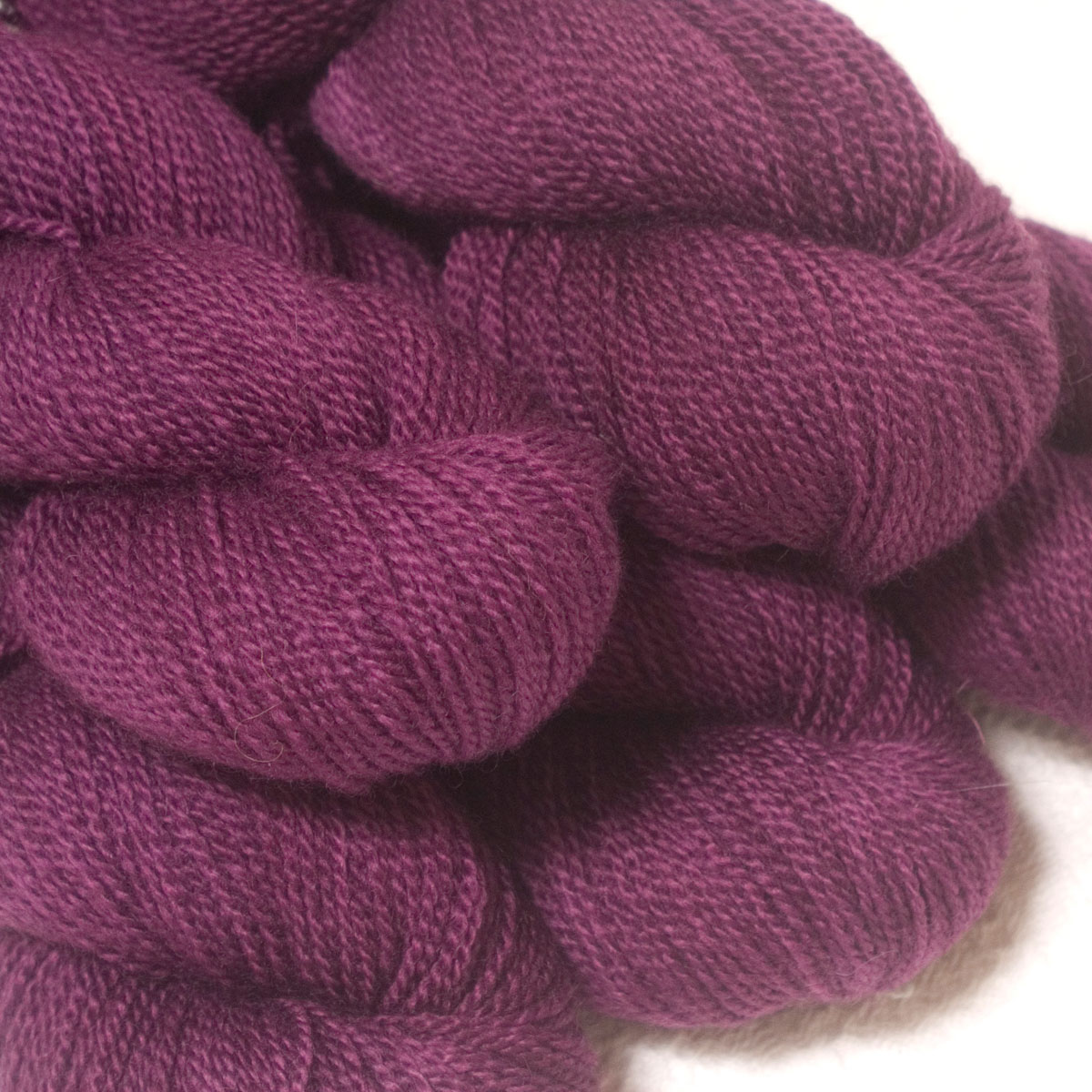

To convert tryptophan to 6-Br-Trp first instead of to indole, we plan to mutate the TnaA gene in the E.coli. In the first step, we will utilize ΔtnaA Fre-元-SttH to convert tryptophan to 6-Br-Trp. Compared to the traditional pathway of synthesizing tyrian purple (Trp→indole→6-Br-indole), this route is proved to give a better yield of 6-Br-indole and advantageous for 6BrlG production.

We plan to convert tryptophan to 6-Br-Trp in the pathway of bromination of Trp followed by conversion to 6-Br-indole (Trp→6-Br-Trp→6-Br-indole), utilizing Fre-元-SttH and TnaA. There are two strains of E.coli utilized in our program-ΔtnaA Fre-元-SttH and ΔtnaA TnaA+MaFMO. We selected Trp 6-halogenase (Stth) from Streptomyces toxytricini to brominate tryptophan to 6-br-Trp in E.coli, and monooxygenase from Methylophaga aminisulfidivorans (MaFMO) to produce 6BrIG. In order to achieve our goals of producing Tyrian purple and other halogenated indigos, we decide to use Escherichia coli to synthesis the dyes. Discovered at a time when purple dyes were quite pre-existent, it quickly became popular and very expensive because of its rarity. It is one of the derivatives of indigo dyes. The tyrian purple was originated in Byzantium, a dye extracted from Mediterranean Sea snails.


 0 kommentar(er)
0 kommentar(er)
